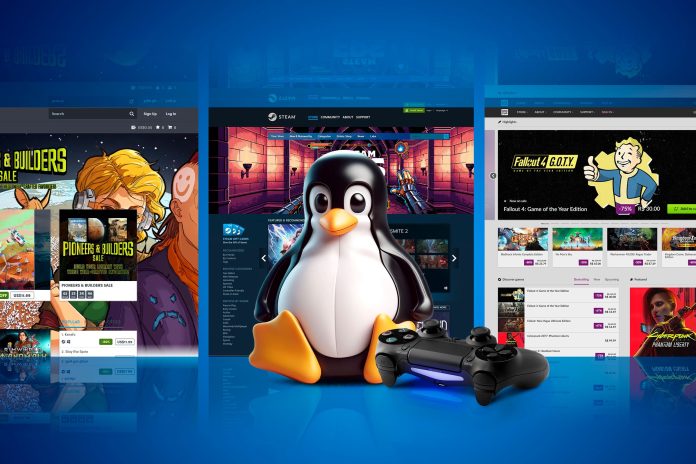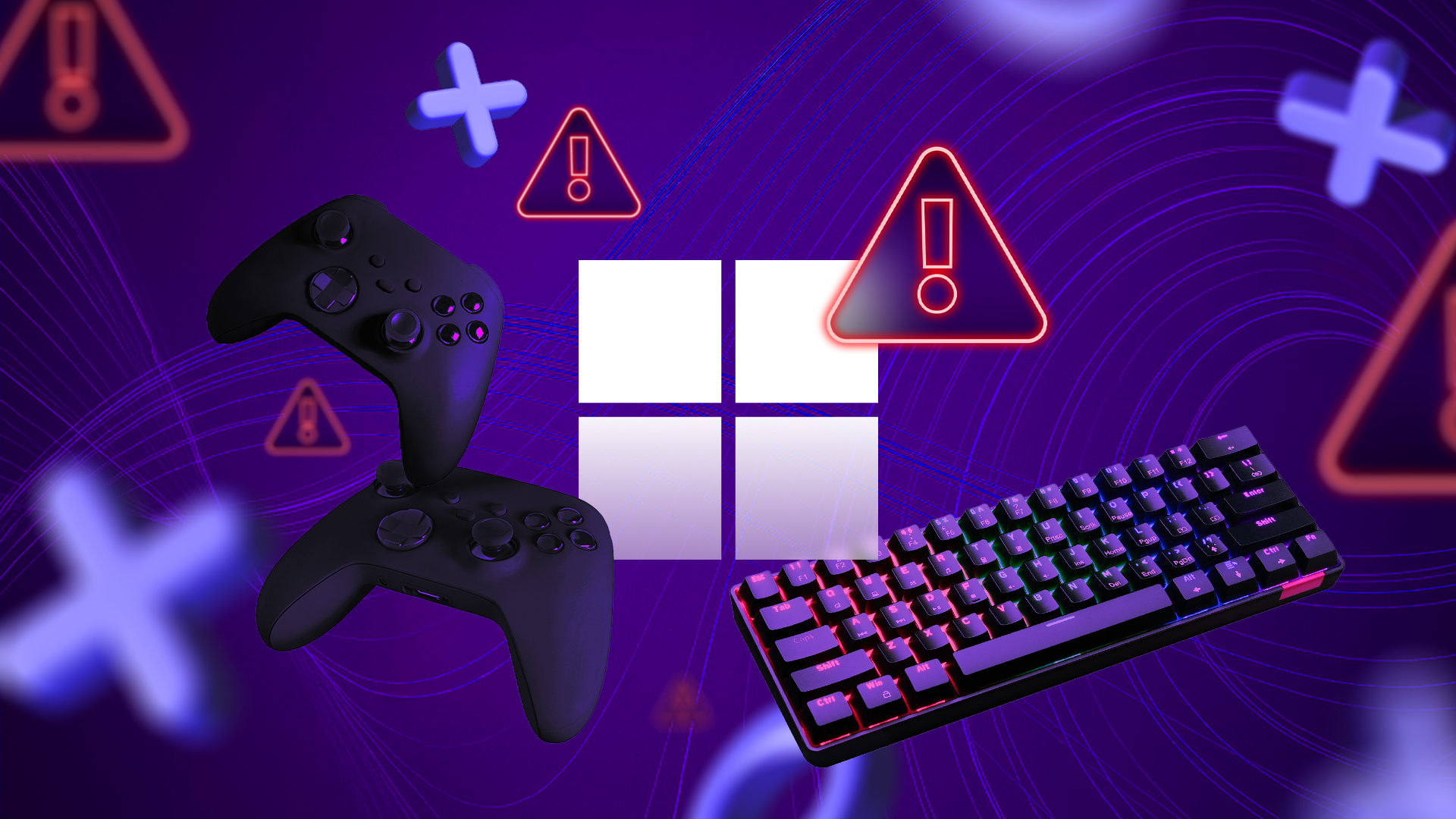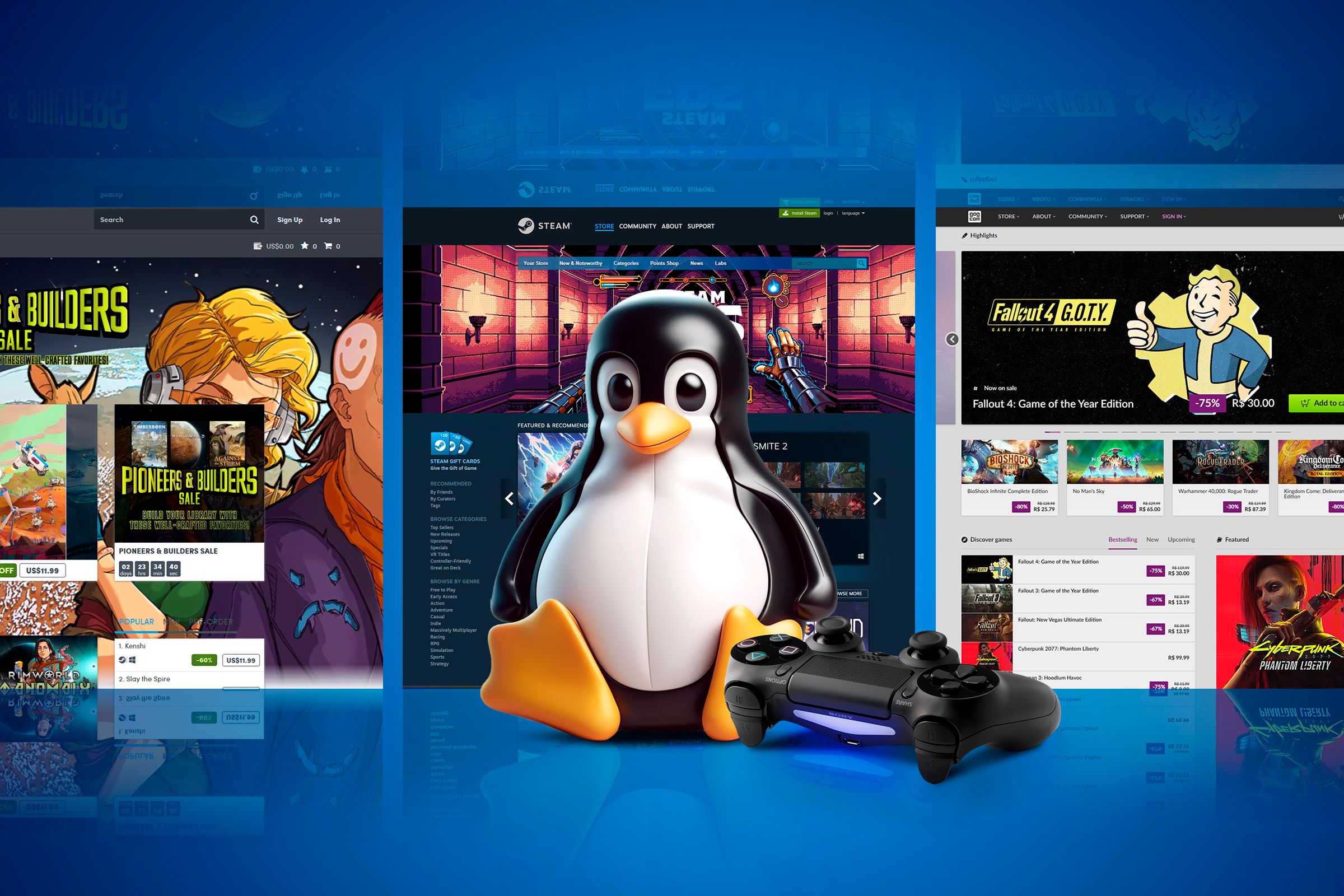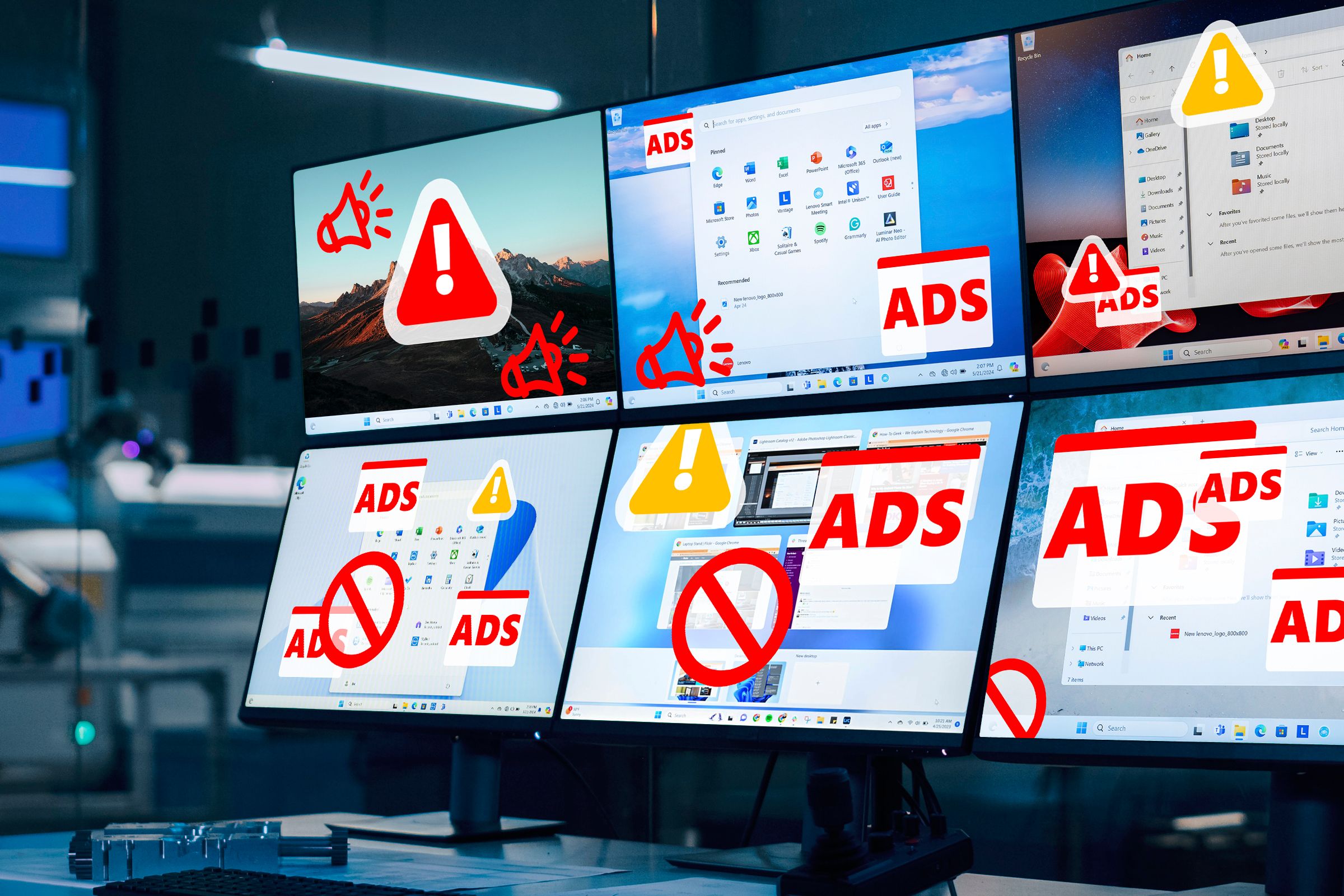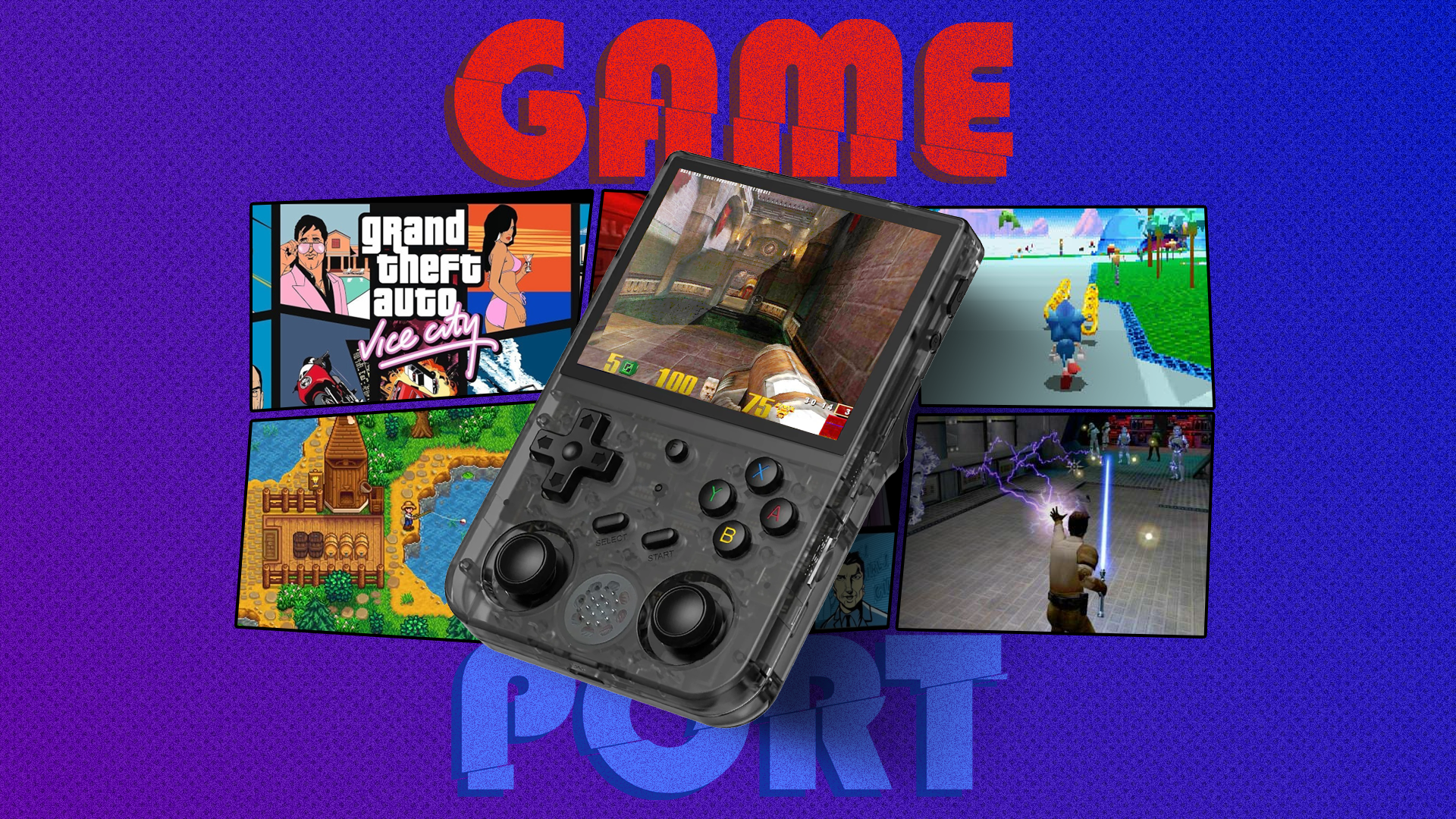While there’s always been some form of gaming on Linux PCs, this was mainly a curiosity rather than something the platform was known for. However, in the face of a declining Windows gaming experience, and huge amounts of hard work from thousands of people, gaming on Linux is ready to be taken seriously.
If you’re a gamer that’s never strayed away from Windows, then you might wonder what reasons you might have to give Linux a go. It just so happens that I have nine good ones right here.
9 Proton Has Changed Everything
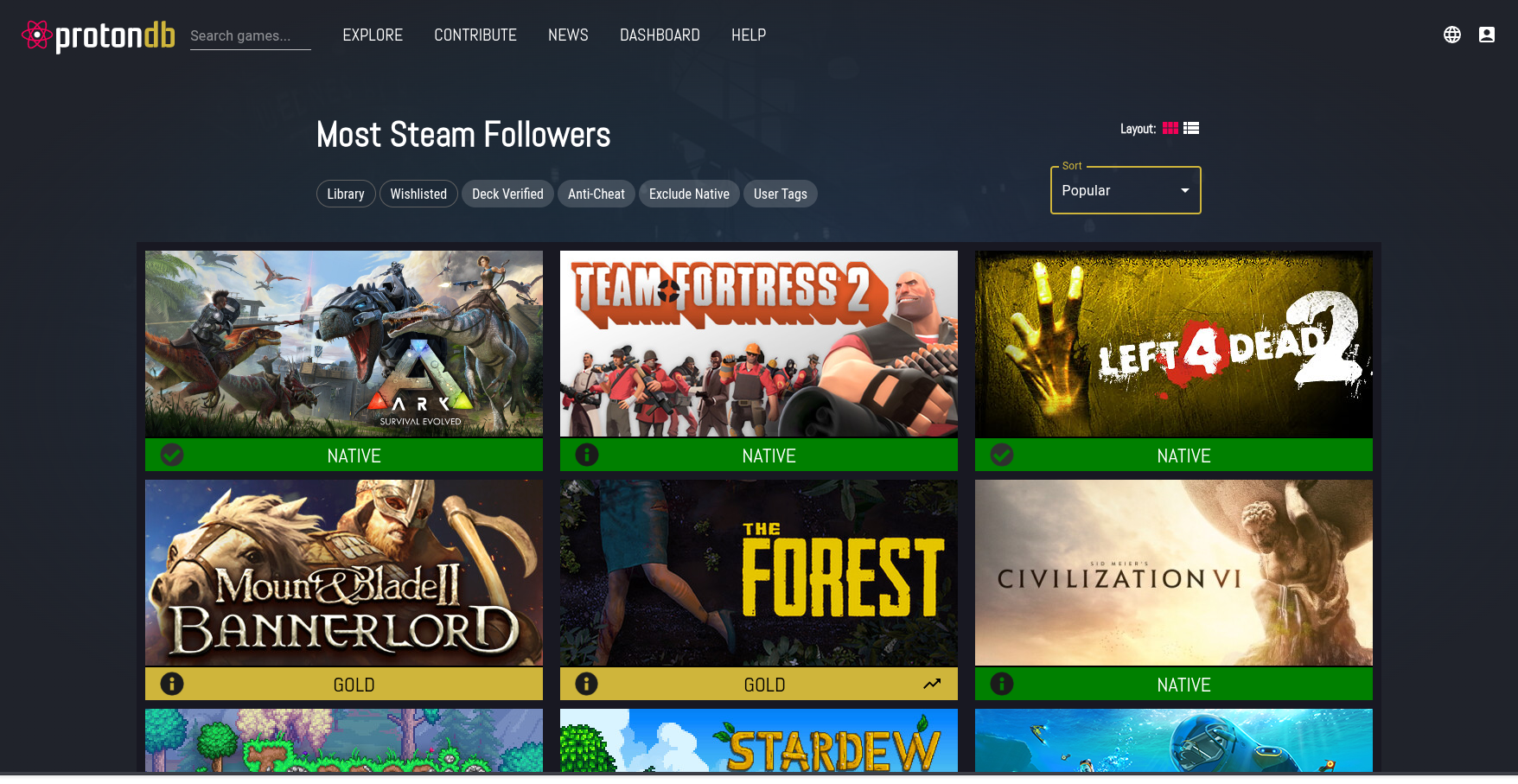
Whether you’re running Windows or Linux on a PC with an x86 CPU, the fundamental raw instructions going to the CPU are the same. It’s just the language conventions of each operating system and its APIs that differ. This means it’s possible to use what’s known as a “compatibility layer” to translate software meant for Windows into something that the Linux operating system can understand.
This has been possible for decades on Linux thanks to projects like WINE (short for WINE Is Not an Emulator), but the results haven’t always been great. Even if there weren’t flat-out software-breaking bugs, the additional performance overhead would make more complex apps like video games run too poorly for it to be practical.
However, with Proton (which is built on top of WINE) several stakeholders (mainly Valve Corporation) have poured heaps of time and money into creating an effective and efficient way to translate Windows games to Linux without these problems. The performance overhead has been reduced to the point where some games run better under Proton than they do natively under Windows! That’s because the overhead of Linux + Proton is less than the basic system overhead of modern Windows in some cases. Of the roughly 1,000 games in my personal Steam Library, more than half run under Proton, and that number will keep growing as more time and effort go into improving the software.
At some point, Proton will be compatible with so many Windows games, that PC gamers will no longer feel like they have to use Windows, which is a big deal!
8 Steam Deck Made Linux Gaming Mainstream
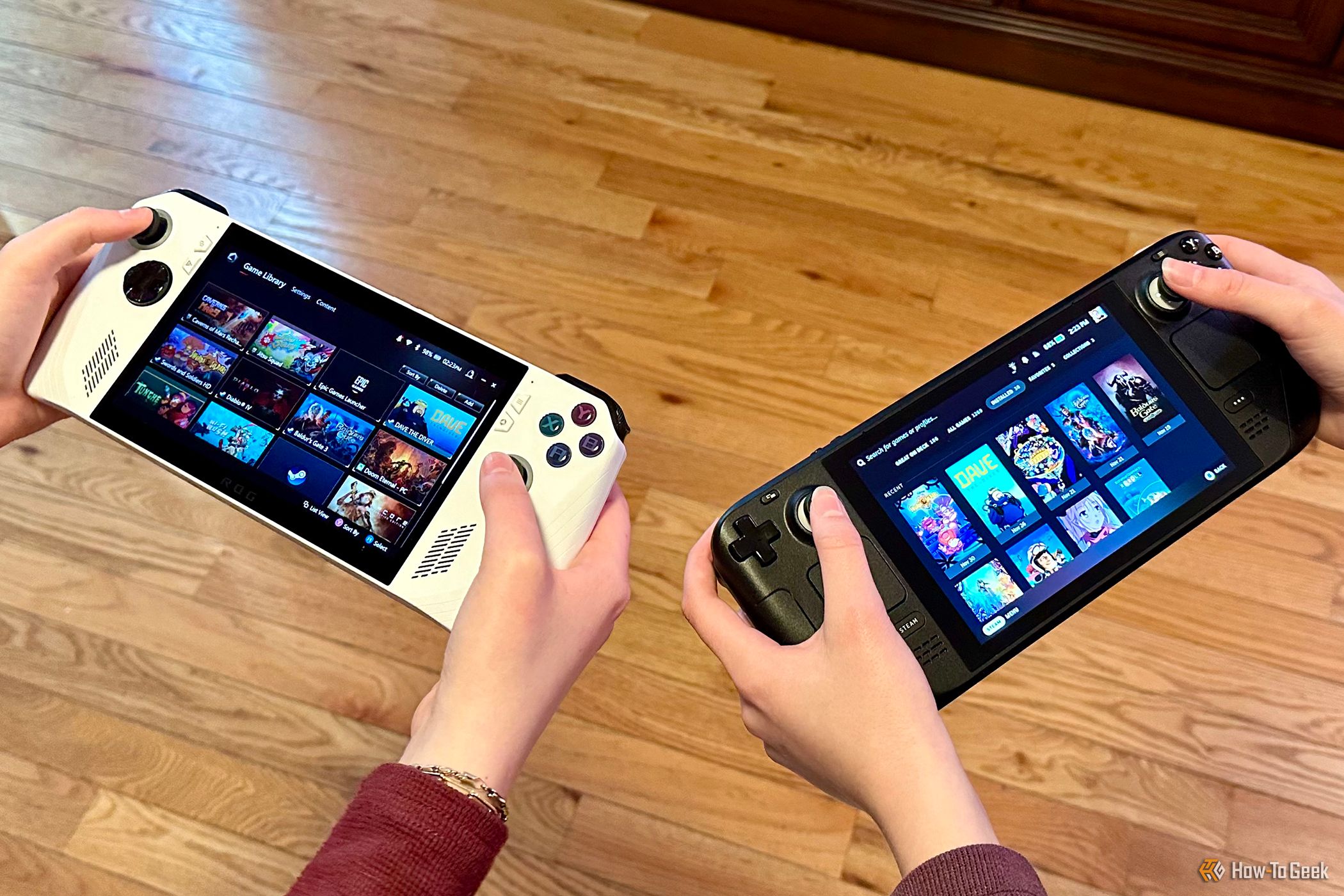
Asus ROG Ally Z1 Extreme (left) versus Steam Deck 512GB LCD (right)
All the work that Valve and other contributers put into Proton would have meant nothing if no one bothered to try it. Luckily Valve came up with a product that millions of people ended up buying—the Steam Deck.
No one had to know anything about Linux or Proton to use the Steam Deck. Just turn it on, log into your Steam account, and it would tell you which games would run on the device. I think the Steam Deck was the most effective way to get people behind the idea of gaming on Linux. It might only have sold a few million units—nothing like the Nintendo Switch, for example—but with so many people openly playing the latest PC games on this handheld, the marketing it did for Linux as a gaming platform was far more impactful.
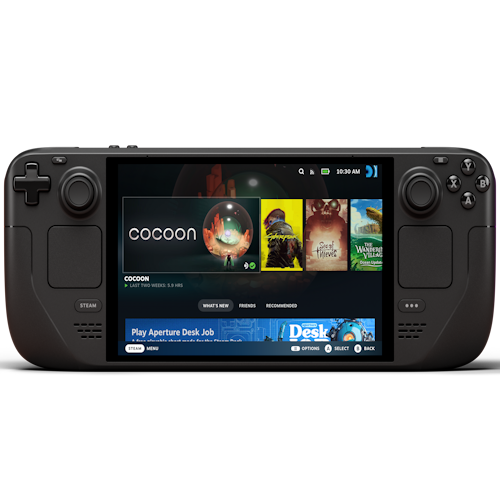
Steam Deck OLED
Now SteamOS is available for even more handhelds, and even some desktop systems, and it’s only going to spread to more devices. While gaming on Linux is still niche, the absolute number of people doing it has grown immensely, and as Proton compatibility increases, the stage is being set for Linux gaming to become a major player.
7 Native Linux Games Are No Longer Unicorns

With all this talk of Proton and compatibility layers, it’s easy to forget that there are games with native Linux versions out there too, and it’s become more common than it used to be. It’s gone from a drip to a trickle, rather than a trickle to a flood, but these games are there. As Proton pushes Linux more into the mainstream for gamers, it will make more sense for developers to just do a native Linux version, so I think we’ll see some sorty of virtuous cycle for native Linux games at some point.
Notable examples of native Linux games include Stardew Valley and the rebooted Tomb Raider trilogy.
6 Drivers Are Finally Competitive With Windows

Let’s be honest, for most of its existence, trying to get drivers for any hardware to work on Linux has been challenging to say the least. Traditionally, Linux drivers have been a strong suite for AMD, and right now SteamOS only works with AMD GPUs, but don’t let that fool you into thinking other GPU brands don’t work under Linux.
While NVIDIA developed a poor reputation for its Linux drivers, as far as I can tell from reading the experiences of Linux users on forums today, everything seems to be working just fine, and those compatibility and stability issues are largely a thing of the past. Although it seems that at the moment NVIDIA drivers aren’t playing nice with the new Wayland display server protocol that’s intended to replace the X Windows system. Even Intel offers decent drivers for its Arc GPUs by all accounts, though I have never personally used one on any operating system yet.
Actual compatibility issues aside, driver performance seems to be pretty good across the board, but, of course, there are always going to be specific distro, hardware, and driver combinations that run like hot garbage.
5 Easy Installers and Game Managers Simplify Everything
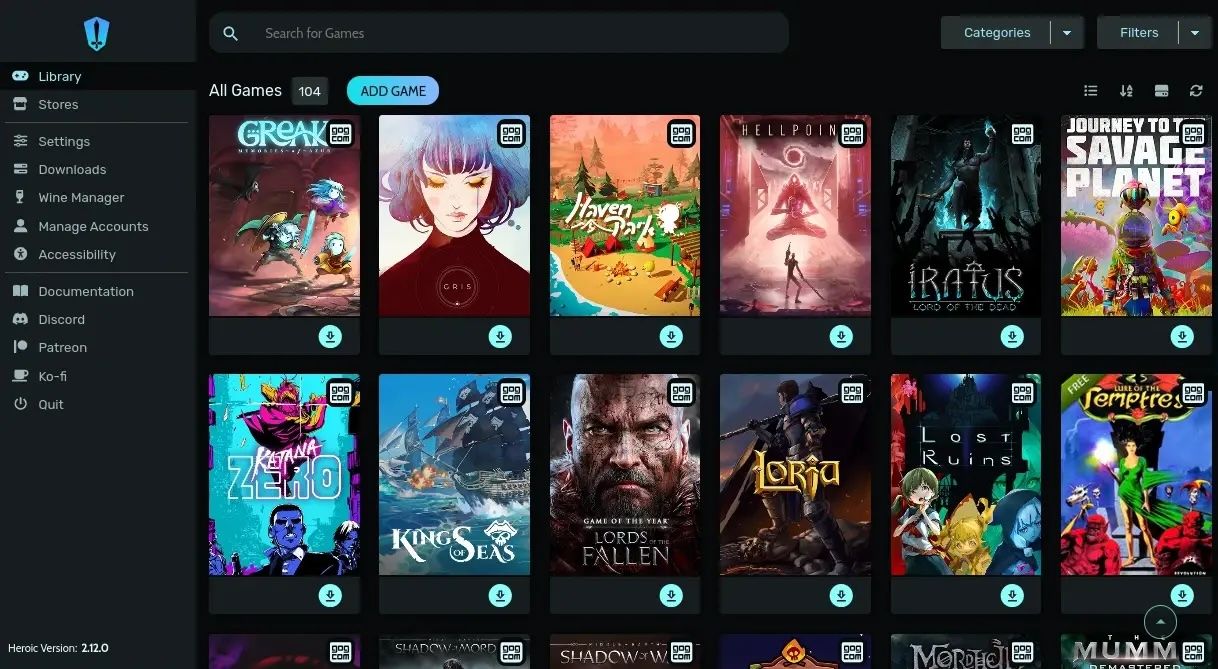
The ease with which you can install software on most modern desktop Linux distros is no harder than Windows these days. It’s a far cry from the days when it felt like you needed a degree in black magic just to install something as simple as a word processor, but now it’s all automated. Since most video games are now bought and managed through platforms like Steam, you only need to download the Linux client for that storefront and let it handle all the details. If a given platform doesn’t have a native Linux client, that’s not necessarily an issue either. For one thing, the excellent Herioc Games Launcher or Lutris brings all the major storefronts together and makes it easy to find, install, and manage all the games you own.
4 Anti-Cheat Support Is Catching Up
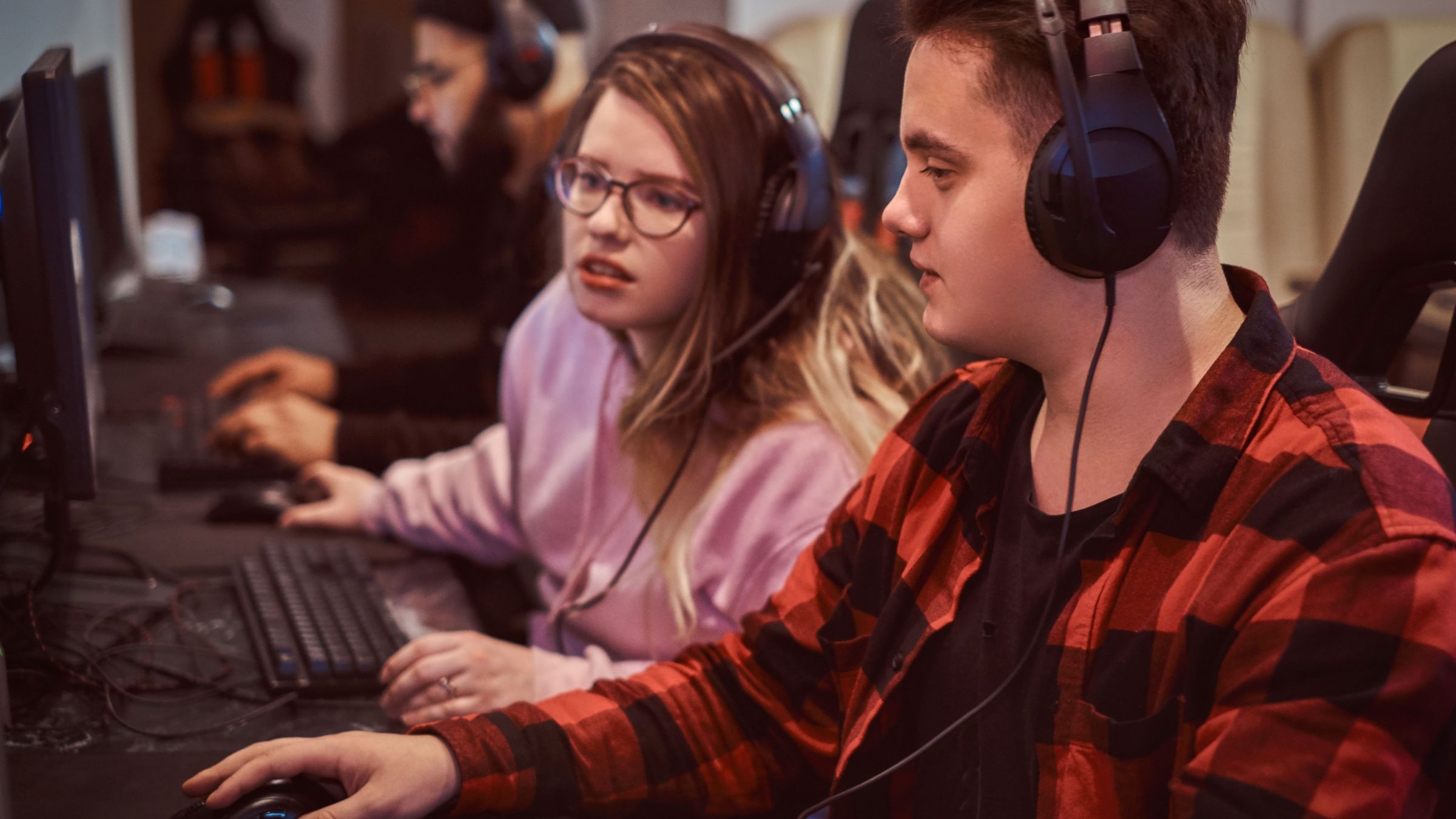
One of the final hurdles for Linux gamers has been anti-cheat software. Tools like Easy Anti-Cheat (EAC) and BattlEye used to shut out Proton users entirely. But both platforms now offer Proton compatibility—at least for developers who opt in.
3 You Can Game Without Microsoft’s Baggage
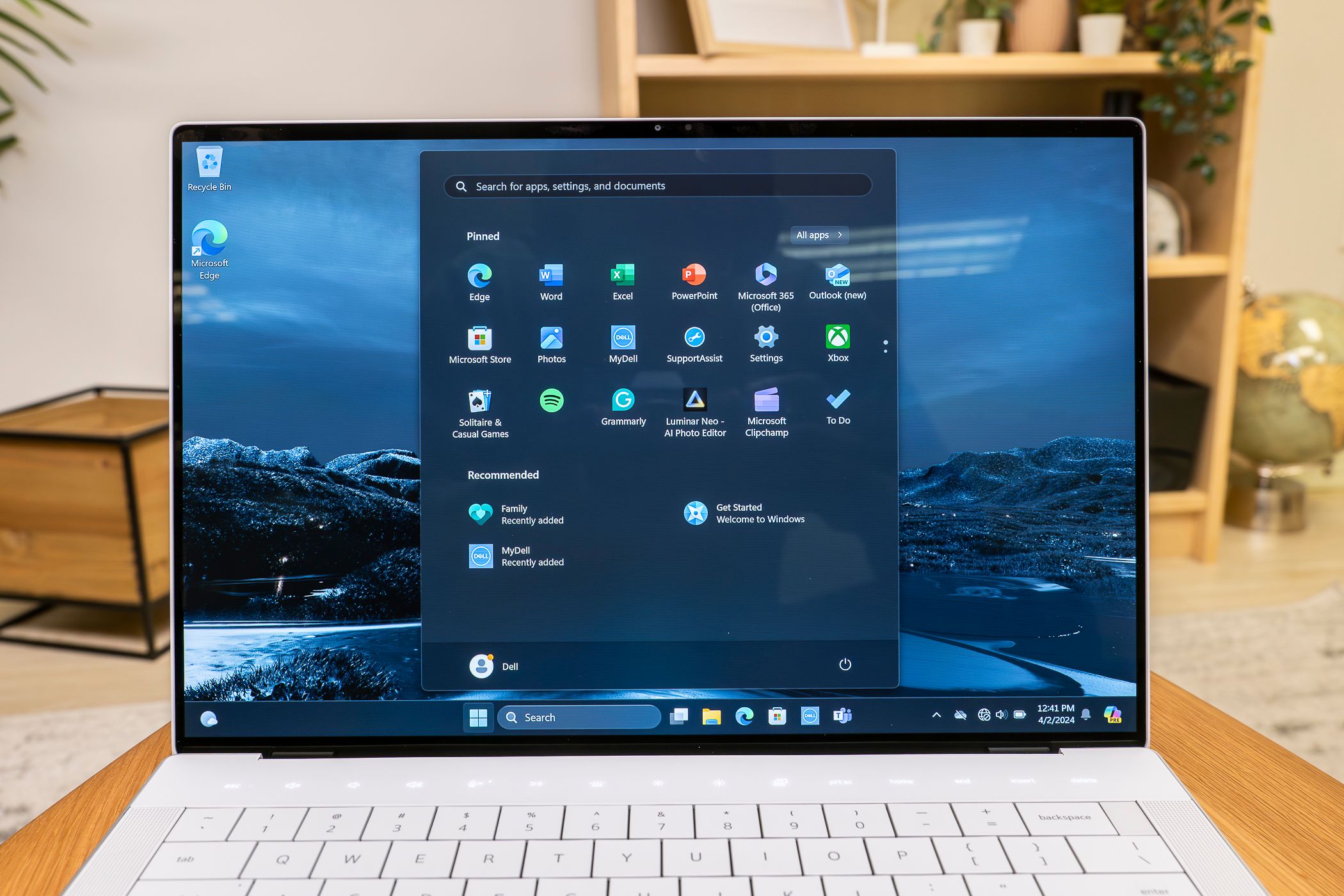
Jerome Thomas / How-To Geek
I don’t know about you, but personally I’m pretty tired of what Windows has become, with unwanted telemetry, ads, forced updates, and often inexplicable poor performance in games. It’s one of the reasons I dropped Windows for work purposes years ago and now mainly use macOS, but for gaming I’ve had to keep Windows around.
Using some form of Linux to play my games feels like taking a weight off my shoulders. None of that Microsoft baggage that bothers me is in the back of my mind while playing.
2 Emulation and Retro Gaming Are Awesome on Linux
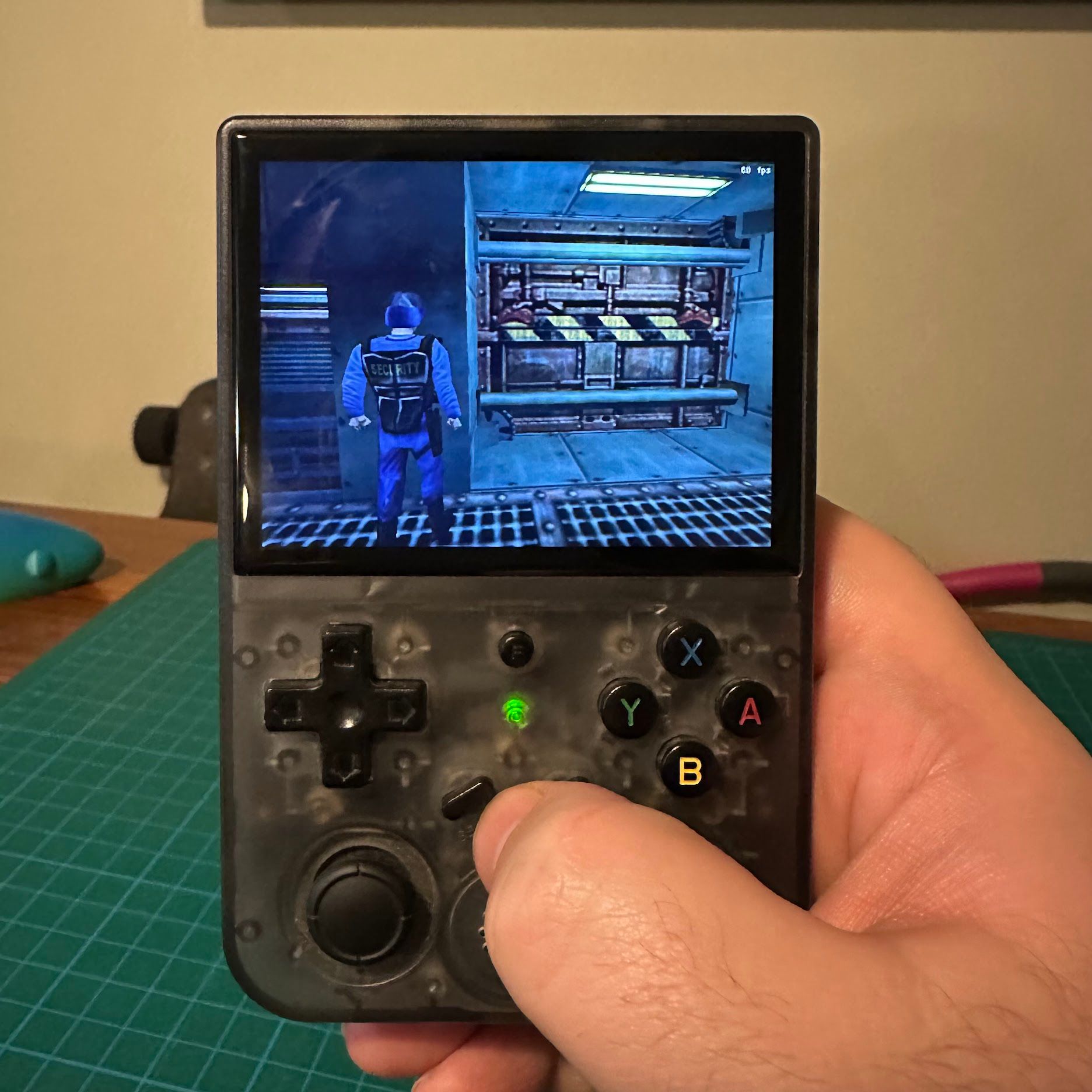
While you can run most emulators in Windows just fine, personally I’ve found that using Linux as the basis for your emulation machine just feels better overall, and it has numerous knock-on benefits, For one thing, there are versions of Linux that are extremely lighweight, which makes it cheap and easy to build a retro gaming system to connect to your TV or build a DIY arcade cabinet.
Personally, I adore my little Anbernic RG353VS, which runs on a special Linux distro called ArkOS.
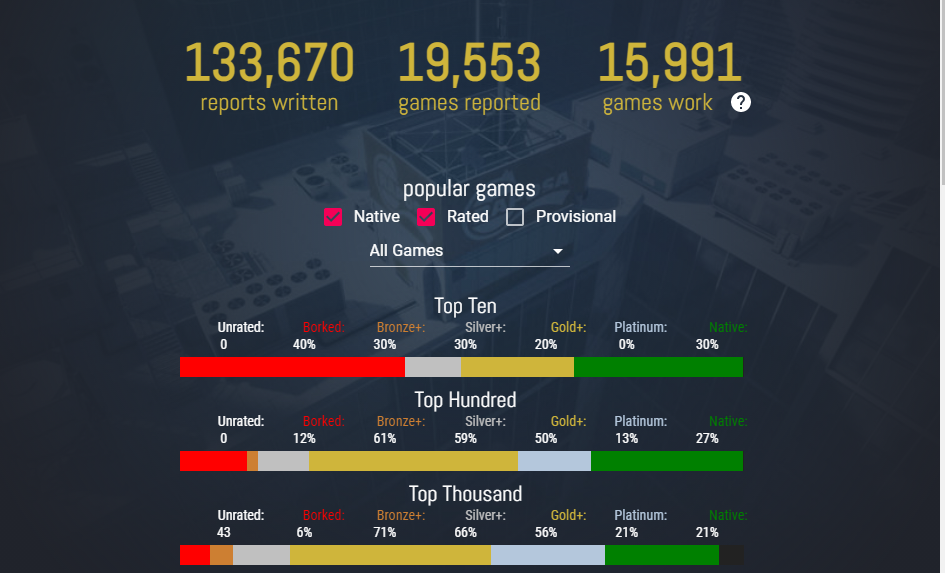
While gaming on Linux works better than it ever has, there are still situations where some games, especially new releases, don’t quite work correctly out of the gate. However, various communities on sites like Reddit, and contributers to sites like ProtonDB quickly determine what’s holding a game back and implement solutions rapidly.
Even better, now that Linux gamers on platforms like the Steam Deck are a significant market, game developers themselves now have a reason to ensure that any issues their games have with solutions like Proton are sorted out quickly.
While Linux might not be quite ready to act as a complete replacement for Windows when it comes to PC gaming, if you made the jump today you’d likely be giving up less than you thought, and that gap is narrowing by the day.
